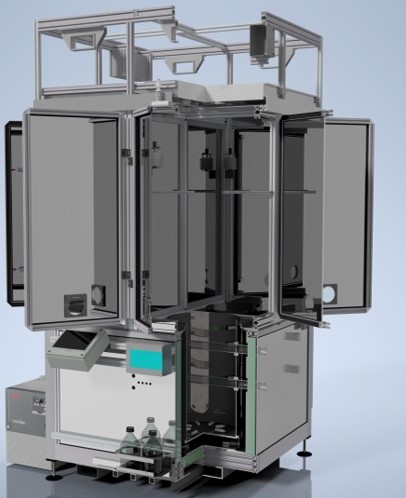Novel and Emerging Capabilities that Can Provide a Holistic Understanding of the Plant Root Microbiome

- Esther Singer1 2 †
- John P. Vogel1 2 3
- Trent Northen1 2
- Christopher J. Mungall2
- Thomas E. Juenger4
1Joint Genome Institute, 1 Cyclotron Road, Berkeley, CA 94720
2Lawrence Berkeley National Laboratory, 1 Cyclotron Road, Berkeley, CA 94720
3Department of Plant and Microbial Biology, University of California, Berkeley, 111 Koshland Hall, Berkeley, CA 94720
4The University of Texas at Austin, 2415 Speedway, Austin, TX 78712
Published Online:18 Jan 2021
https://doi.org/10.1094/PBIOMES-05-20-0042-RVW
Abstract
In recent years, the root microbiome (i.e., microorganisms growing inside, on, or in close proximity to plant roots) has been shown to play an important role in plant health and productivity. Despite its importance, the root microbiome is challenging to study because of its complexity, heterogeneity, and subterranean location. Fortunately, root microbiome research has seen a tremendous influx of novel technologies (e.g., imaging tools, robotics, and molecular analyses), experimental platforms (e.g., micro- and mesocosms), and data integration, modeling, and prediction tools in the past decade that have greatly increased our ability to dissect the complex network of interactions between above- and belowground environmental parameters, plants, bacteria, and fungi that dictate soil and broader ecosystem health. Herein, we discuss methods that are currently used in root microbiome research and that can be expanded to phytobiome research in general ranging from laboratory studies to mesocosm-scale studies and, finally, to field studies; evaluate their relevance to ecosystem studies; and discuss future root microbiome research directions.
